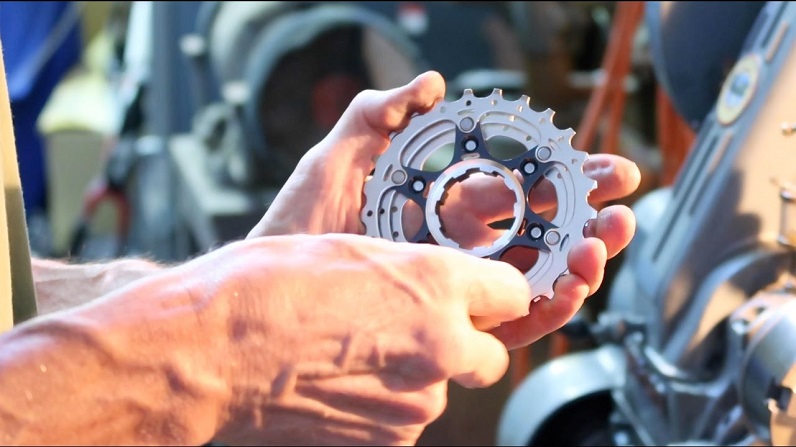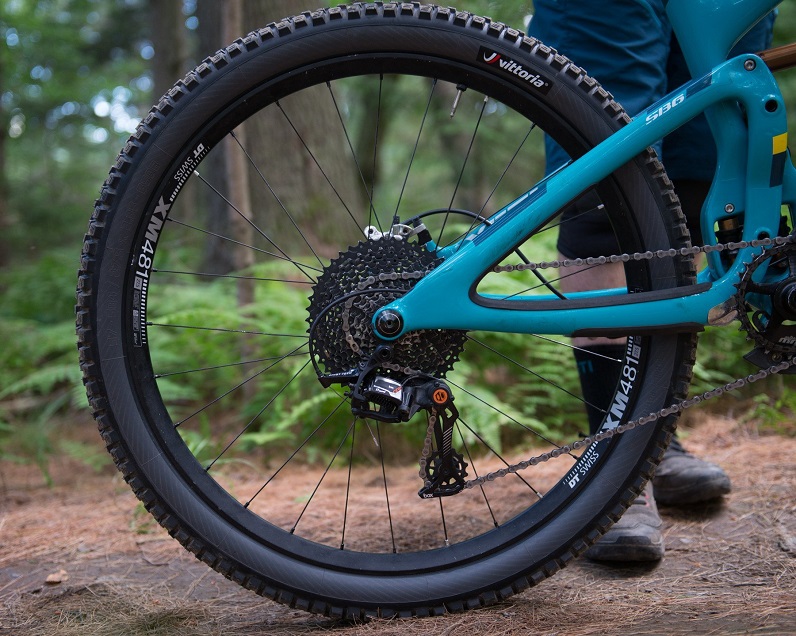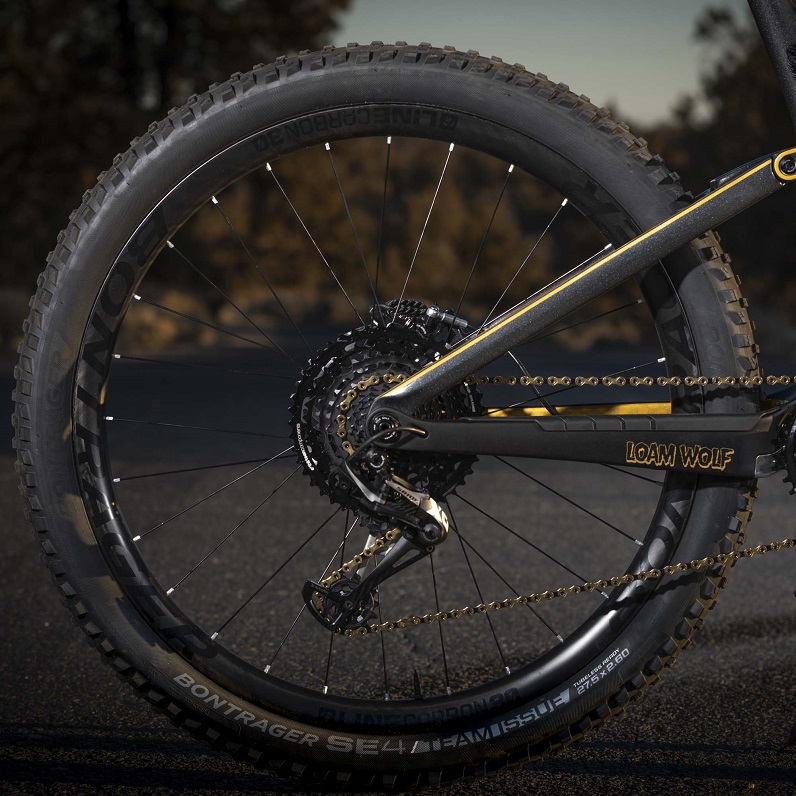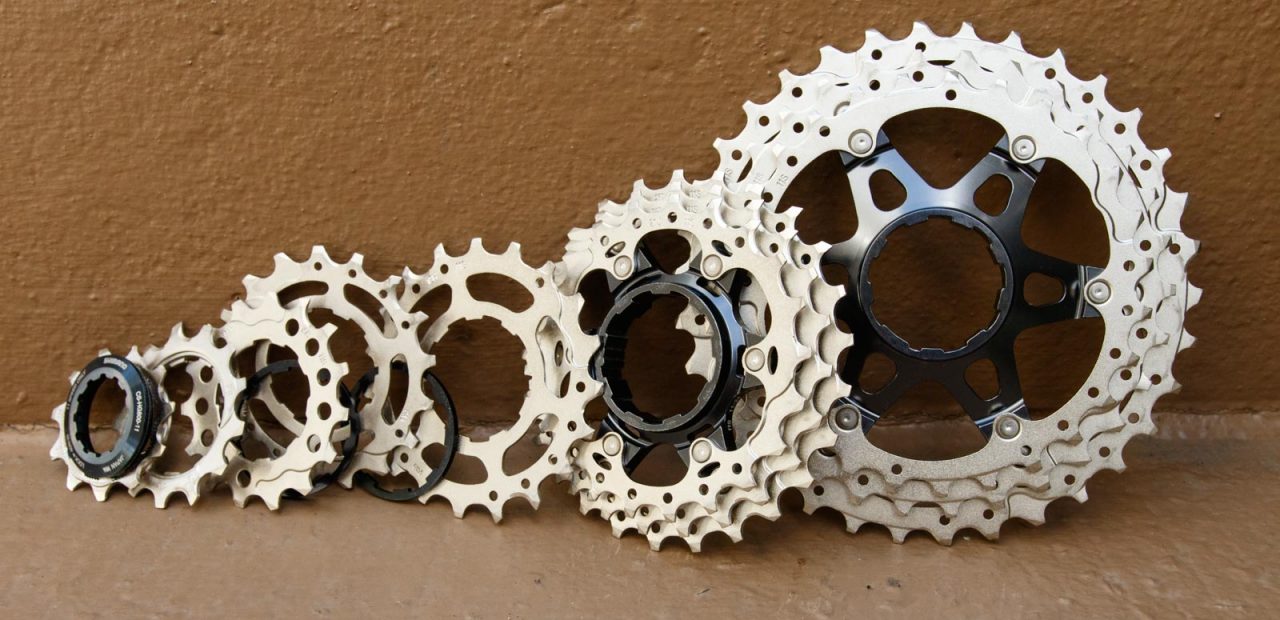Bicycle Guide: How to Choose the right Cassette
When it comes to bicycle upgrades, there are plenty to choose from. While suspension is usually the most talked-about bicycle upgrade, the cassette is equally, if not more so important. The bicycle is one of those reliable methods of transportation that you can be certain will work even under strenuous circumstances, much like the scooter, which is a huge reason why they’ve been popular for over a century.
Contents
Gears and Ratio
In order to choose the best cassette for your bicycle, you should first understand what to look for. At first, that might seem daunting because there is a lot of information, and most of it can be presented as very chaotic. The first thing to look for when choosing a cassette is how many gears the groupset uses.
The 11 speed cassette is the most common for all types of bicycles. This is especially important as you can only use an 11-speed cassette with an 11-speed groupset. To use an example, if you use a Shimano 11-speed group, then you can only use cassettes from the 105 Ultegra and Dura Ace ranges in order to shave off some of the weight.
The next thing to be aware of is the ratio, which typically ranges from 11-23. These numbers typically refer to the number of teeth found on the smallest and largest sprocket. If the two numbers are close, then there will be smooth gear-changing. That is pretty much ideal for racing, but if you’re struggling on hills, then you should look for a bicycle cassette whose gears have a good spread, which is something like the 11-32 cassette.

source: bike.shimano.com
What do Cassettes Actually Do
The basis of cassettes is that they provide a gearing options range that the chain can run on. That range allows you to maximise your revolutions per minute in order to achieve maximum efficiency when riding. Easier gears are those when you’re running your chain on the larger sprockets, which are those with more teeth. These are considered easier because pedalling is significantly easier, especially notable when riding up on a hill. However, keep in mind that they will require more revolutions to cover ground.
Sprockets will fewer teeth allow you to maximise your torque, which gives you greater speed and ground coverage with one revolution, but pedalling will require more strength. That’s why you should look for cassettes with a good range of gears because that will allow you to fully optimise your riding experience, and you’ll be able to easily find that sweet spot of torque vs. pedal speed.
Road Bike Cassettes
Most road bikes have cassettes with a range of 12-25. That’s suitable for most terrains if it’s paired with a good chainset. It’s possible that you might require a larger sprocket of 27, or more teeth if you’re struggling with climbing up on hills. The rule of thumb for picking a road bicycle cassette is choosing a derailleur that fits a larger sprocket. A longer cage rear derailleur might be necessary for larger sprockets because more chain will be needed to cover the larger number of teeth. Otherwise, you’re just risking over-stretching the rear derailleur and might cause your chain to get stuck. This could potentially cause some damage to your bicycle.

source: deralnahda.com
Mountain Bike Cassettes
Due to mountain bikes being intended for off-road use, their cassettes need to have a larger range of sprocket sizes. In order to accommodate this, mountain bicycle sprockets tend to have larger gaps, which also means they sacrifice the smooth change in gears found in their road bike counterparts. However, due to the wide range of gears, mountain bikes are great for climbing even those seemingly impossible slopes. Today’s 11 speed cassette for mountain bikes has an even greater gear ratio, which means mountain biking is significantly easier with ranges such as 11-40, or even 11-36.
Compatibility
A main factor to consider when choosing a cassette is compatibility. Sometimes, it might not be possible to run a cassette from a different brand with your drivetrain from a particular manufacturer. However, there are some exceptions to that, such as SRAM and Shimano cassettes, which are interchangeable on either mountain or road bikes because the spacing is identical between the sprockets. But, brands such as Campagnolo road cassettes will only work with the appropriate Campagnolo drivetrains.
How to Choose the Right Cassette

source: ethirteen.com
Before committing to a new cassette for your bicycle, you should first consider what you are going to use it for. There are also a few other details to keep in mind, too.
Terrain
Terrain is definitely the largest factor when it comes to choosing cassettes. If you live in a hilly area, then you’ll definitely want to get a cassette with a cog at least the size of 25. However, if you’re riding on flatter terrain, then the standard 11-23 should be more than enough.
Fitness
Don’t underestimate your personal fitness level when choosing a cassette. If you’re a newbie, consider a larger range, such as 11-28 because it’s significantly easier. If you’re an experienced rider, then you shouldn’t have a problem with a smaller range than that, such as 11-23.
Crankset
A lot of newbies tend to fully neglect the crankset of the cassette because the smoothness of the ride can totally depend on it. If you have a crankset of 53/39, then you can use a low gearing of 11-27. However, if you’re using a more compact crankset, such as 50/34, you’ll be okay with an 11-23 cassette.
Cassettes play a vital role in the smoothness of the ride. Picking the right one will only increase your enjoyment of the ride, which makes them an integral piece of bicycle equipment to get right.

















